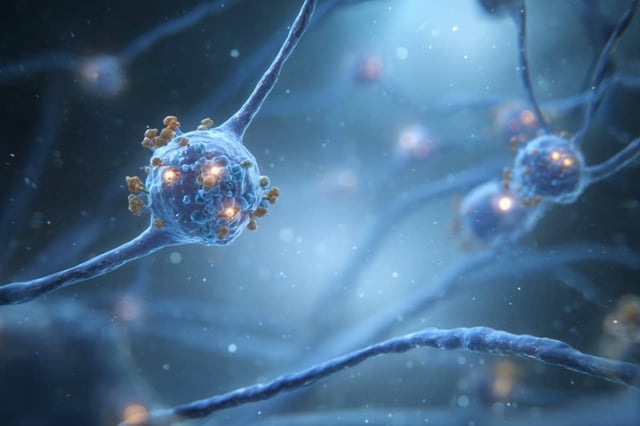Overview
- Using Oregon Health & Science University’s cryo-electron microscopy facility, researchers resolved the near-atomic structure of calcium-permeable AMPA-type glutamate receptors in rodent cerebellum synapses for the first time.
- The work maps how receptors assemble with auxiliary proteins such as TARPs and Noelin 1 to form precise clusters at synaptic junctions that detect neurotransmitter signals.
- Published in Nature on June 23, 2025, the study provides the first molecular visualization of native cerebellar glutamate receptors and fills a critical gap in synapse architecture.
- Funded by the National Institutes of Health and the Howard Hughes Medical Institute, the research highlights the value of sustained support for foundational neuroscience investigations.
- By revealing synaptic organization at the molecular level, the findings could guide development of therapies aimed at restoring motor and cognitive functions after injury or genetic disruption.
